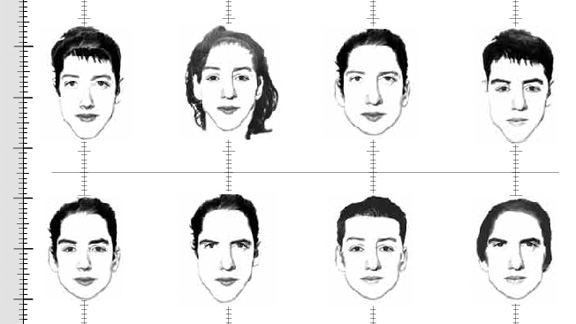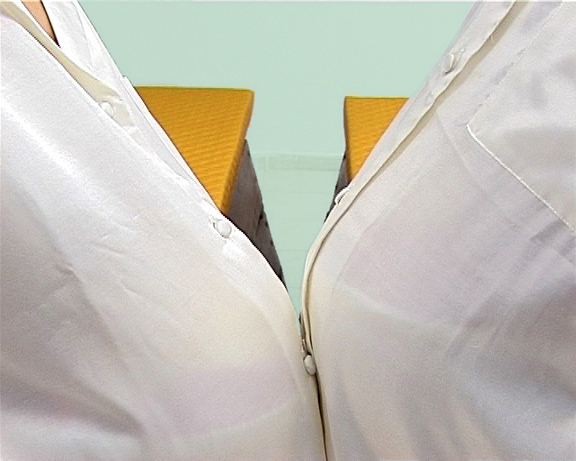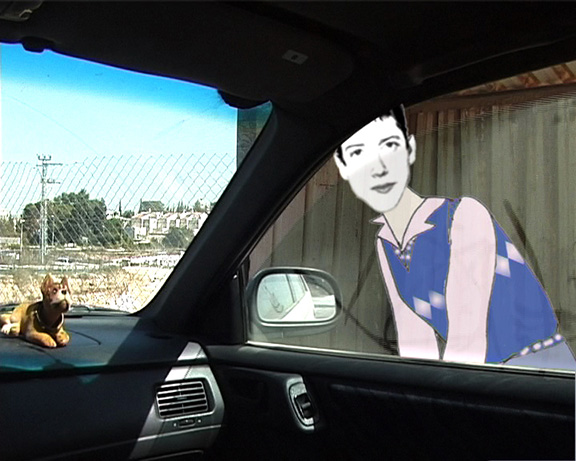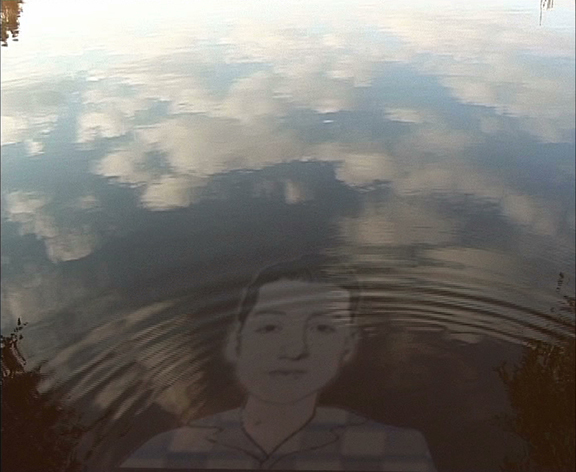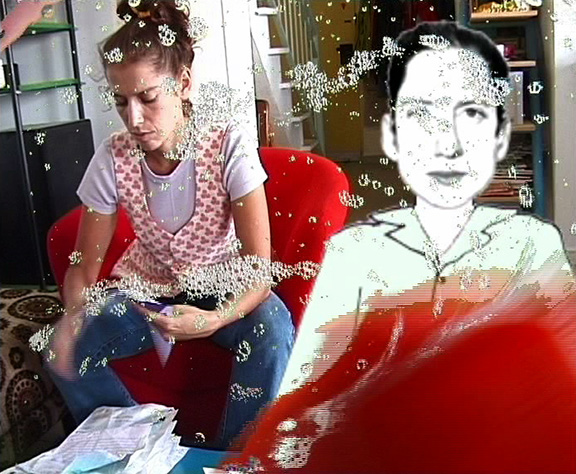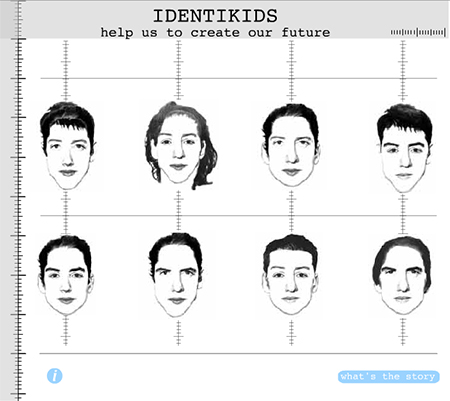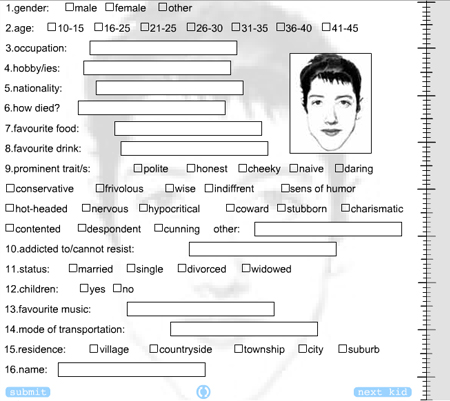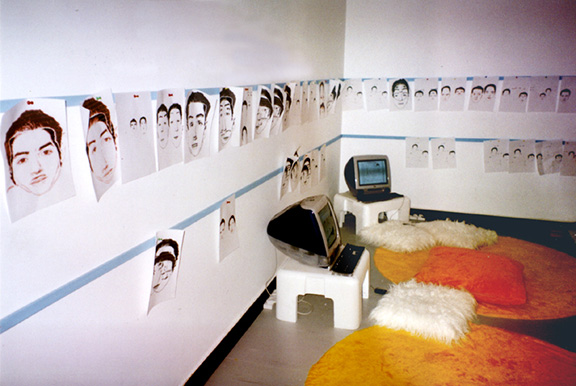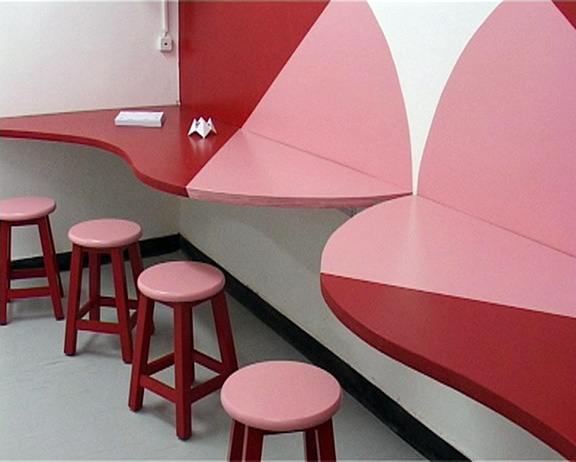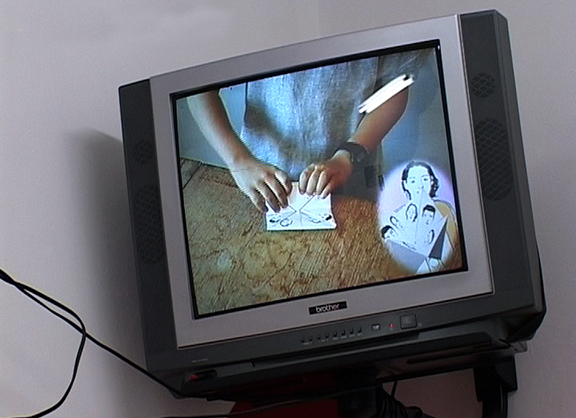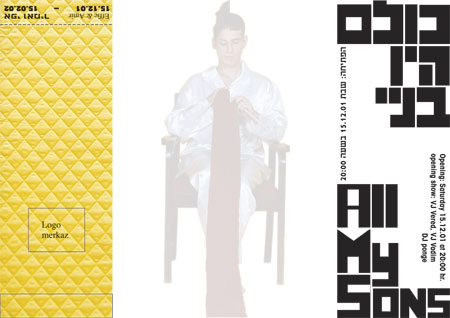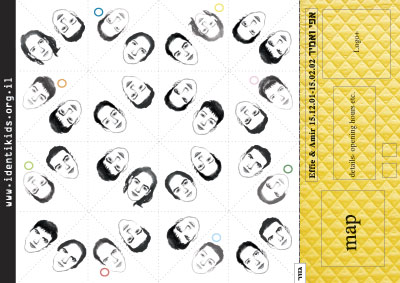All My Sons
2001 | video 22’, website, software, prints, instructive video 5’, installation | variable dimensions | Hebrew and Arabic with English subtitles
A reconstructing the future history of Effi and Amir's eight, out of dozens, of possible children. The kids, animated characters, who's faces composed from the artists' facial features in the same way police identikits are made, are planted in their parents' real world. Belly to belly the parents lie, head to head fantastic, pseudo-documentary episodes are conceived and vanish, telling the tales of the eight children.
All My Sons was commissioned by The DigitalArtLab in Holon, Israel, in 2001. It was spread over three spaces, a screening room, a computer room and a workshop space.


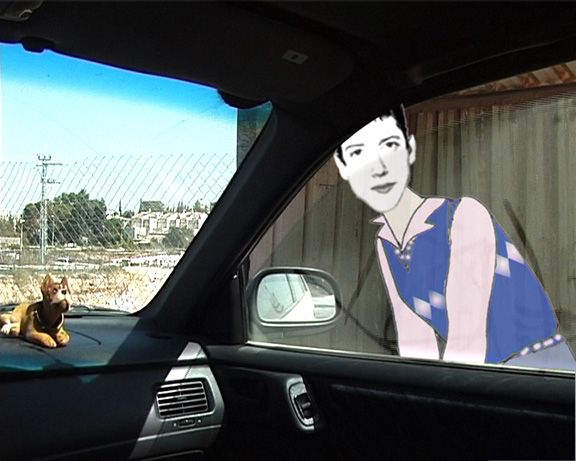
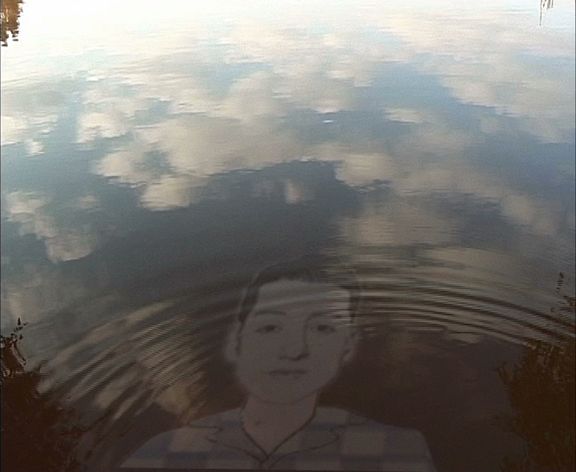
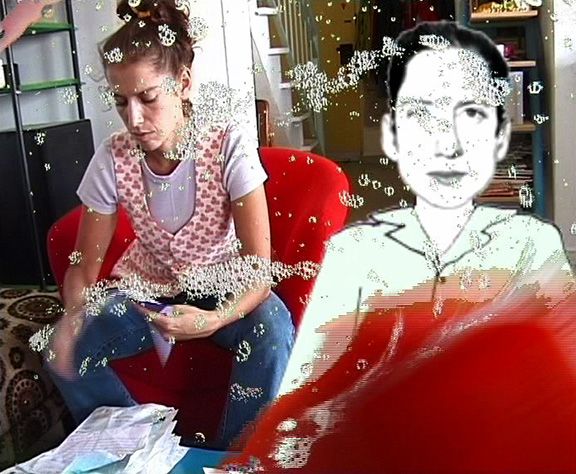
The video is a reconstruction of the future history of our eight, out of dozens of, possible children. The kids, animated characters, whose faces composed from our facial features in the same way police identikits are made, are planted in our (their parents) real world. Through the different episodes, we deal with our existence and identity as a couple and artists and with moral conventions, common beliefs and behaviours of the Israeli society in which we live. As the kids came to existence through morally suspicious process (=artificial), and their appearance relates to the visual representation of "criminality", their identities and actions are also "not in line" with the ordinary.
In the web site , www.identikids.org.il, the visitor can find portraits of the 8 children, with our request for help in constructing the kids' personalities and biographies, through a questionnaire, which enables the visitor to choose the kid's age, name, nationality, prominent traits etc. Based on the filled up forms, we intend to trace stereotypes represented and their relation to the kid's appearance.
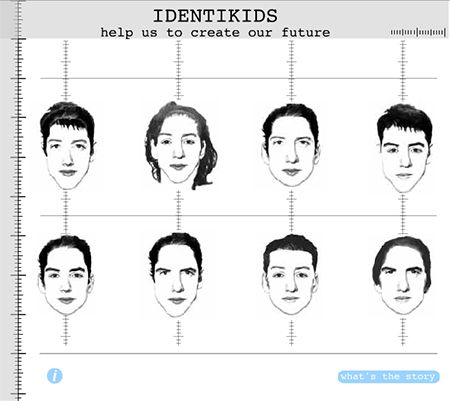
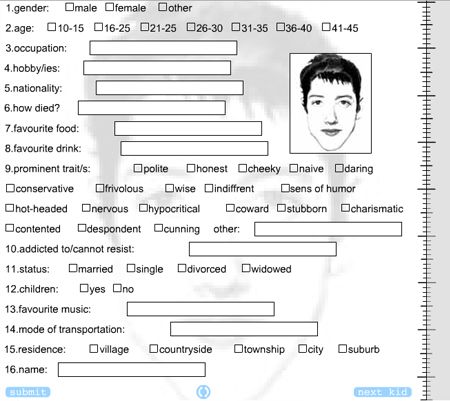
At the computer space the visitor can access the above mentioned website, and also create new kids from our facial features by using a very simple compute program. The new portraits are printed and they can be either taken home as souvenirs or hung as a contribution to the exhibition.
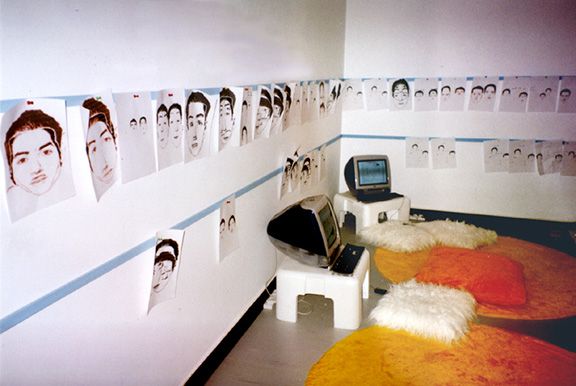
The Kwa Kwa workshop is a symmetrical space, where the visitor can learn how to create, following instructions shown in a short video, an origami game that also plays with the idea of possible identities
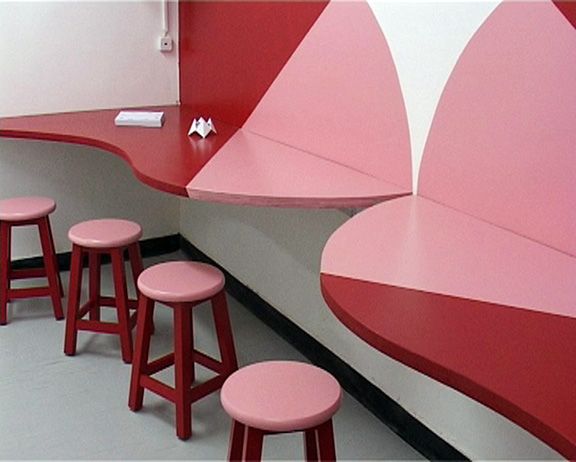
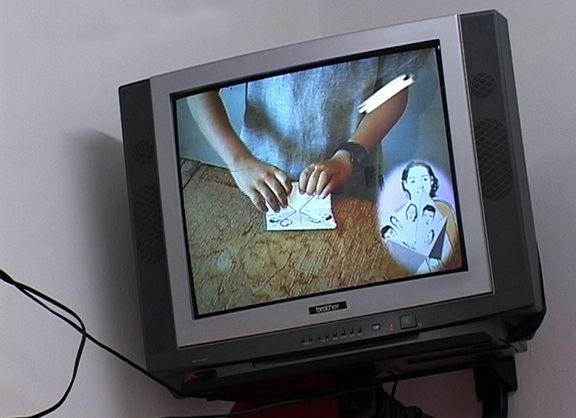
In the screening space, next to the entrance, 2 bigger-than-life prints of us, knitting.
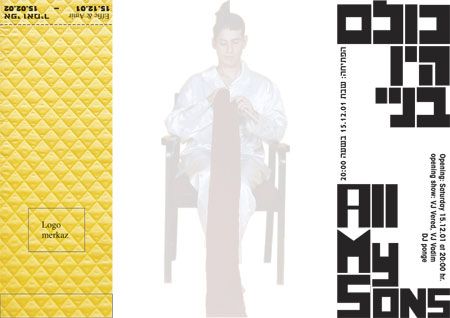
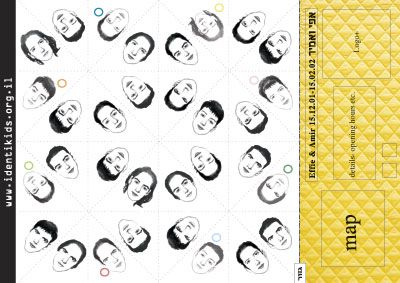
Video excerpt (2'09)


